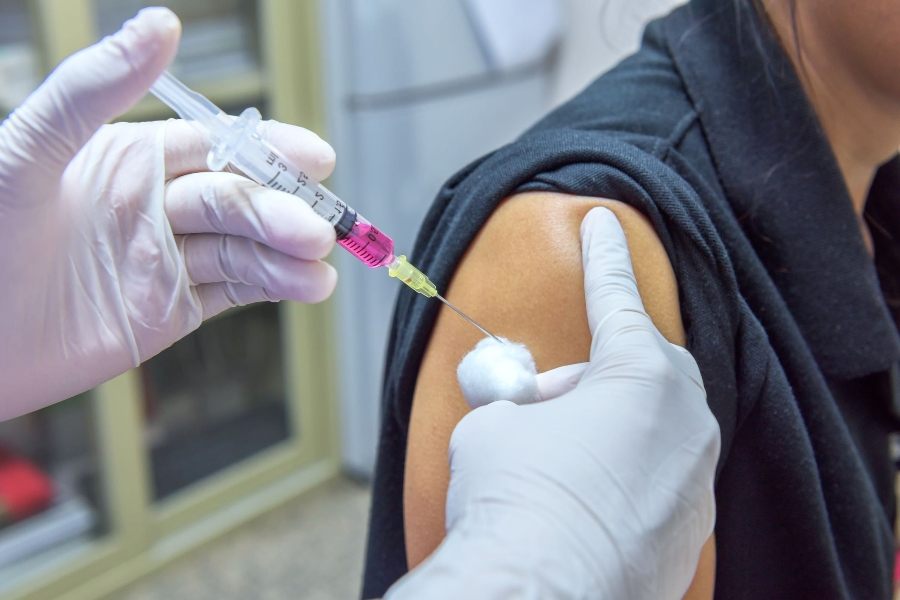When you give birth they will go in through your belly button and either tie clip or cauterizeburn them. This is also my last baby and Ive only had vaginal births.
By interrupting eggs before they can get to the uterus a.

How do they tie your tubes after birth. That was my take on the reasons. Most of the time doctors perform a minimally-invasive procedure where they. Be very sure this is what you really want because sometime later in life you may actually wish you didntsearch for other alternatives if your somewhat in doubt.
As you might expect a tubal ligation works by preventing an egg from entering the uterus. If youre 100 percent sure youre done having babies its good to know you can get your tubes tied while the doctor is in there performing your C-section. Afterward youll probably be up and around in two to four hours but you may feel some pain for several days.
Ive actually never heard of anyone having it done right after a vaginal birth only C-section since theyre already in there. Instead of tying your fallopian tubes up in a neat bow your doctor will clip suture or otherwise close them off in order to prevent sperm from getting through. This prevents sperm from meeting up with the womans eggs.
If you are having a tubal ligation more than six weeks after having a. At our hospital we usually will do a tubal the day after delivery. Fallopian tubes are thin tubes that connect each of your ovaries to your uterus -- theyre passageways for unfertilized eggs.
Eggs are made in the ovaries but before they can end up in the uterus they have to travel through the fallopian tubes. An increasingly common alternative is a salpingectomy in which the whole tube is removed. Women can undergo sterilization immediately following the birth of their child or weeks or months after their last birth.
A vaginal delivery has ever left me in alot of pain so It doesnt really matter when they do. A surgeon makes a small incision in the abdomen and seals both ends of the Fallopian tubes by cutting banding or clamping them. Answer 1 of 6.
In a tubal ligation youll have surgery to cut or block your fallopian. The procedure generally takes about 30 minutes. If you have an epidural they can leave the epidural in but not running then dose the epidural for your tubal.
Part or all of the tubes might be. I believe they dont want to put your body throught the extra risks associated with any surgery after youve just given birth. Youll need to use contraception until the day of the operation and right up until your next period after surgery if youre having your fallopian tubes blocked.
You should have the option for a tubal or tubal litigation which is what I think youre referring to getting your tubes. If the GP agrees with your decision theyll refer you to a female reproductive specialist gynaecologist for treatment at your nearest NHS hospital. If your having a c-section there are NO added risks because your already cut open.
They will do just a small maybe 1-2 inches incision at your belly button. The procedure is straightforward enough. If for some reason I need a C-section I will request that my tubes be tied.
If you are having your tubes tied following having a baby the procedure would likely involve going through your belly button. During your prenatal visits youll be presented with a number of forms. We also leave the IV in until afterwards.
If the woman has arranged to have a tubal ligation during this time the doctor may cut or tie the fallopian tubes before replacing the uterus within the body and closing the abdominal incision. Either way my husband is. When the procedure is finished your doctor will stitch up the small incisions in your abdomen.



/what-will-happen-if-i-get-a-flu-shot-while-im-sick-770545-5b949de846e0fb0025b322ea-d459b9556e3946a98bf61752bb51f667.png)

